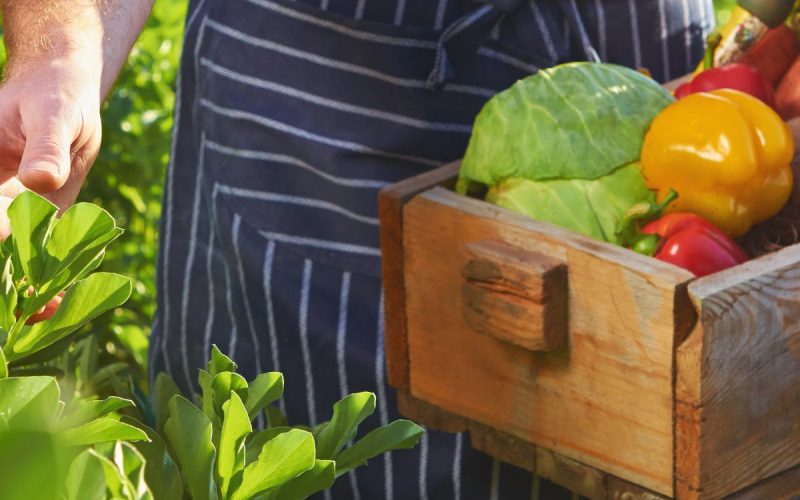Not everything you source for your restaurant needs to come from the store. What if you could save money and get better ingredients from a garden right outside your restaurant?
Well, you can. Read on for a guide to starting a kitchen garden at your restaurant.
Why Start a Kitchen Garden?
First things first, why should you start a kitchen garden? For one, you’ll save money; growing your own herbs and produce is cheaper than buying it from the store.
Secondly, produce from personal gardens tastes better. In the restaurant industry, this translates to better dishes and more satisfied patrons.
Finally, having a kitchen garden is a unique selling point in an increasingly competitive industry. Sustainability and local sourcing? Check and check.
Where Should You Situate Your Garden?
Restaurants aren’t exactly tailor-made for gardens, especially city restaurants. However, you can probably find a spot to grow your produce right on-site.
Got a rooftop? Perfect. Too cold outside? No problem—a well-lit indoor area will do the trick.
If necessary, you can grow your garden at home and bring your harvest to work.
How Do You Start Growing Things?
Once you have a garden bed set up in your chosen location, you can get to work planting.
Choose What To Plant
First, you need to decide what you want to plant. It’s probably best to start with basics like basil, parsley, and thyme—these herbs harbor powerful flavor.
Then, level up with specialty greens like microgreens or edible flowers. If you have more room, some easy vegetables to grow are zucchini, carrots, radishes, and lettuce.
Start With Seeds
The next step is to buy seeds from your local home and garden store and germinate them. For an eco- and restaurant-friendly tip, you can upcycle takeout containers as seed starters.
Transfer the Seedlings Into Quality Soil
Once you have your little seedlings, transfer them into high-quality garden soil. It should be light, fluffy, and full of nutrients.
Continue To Care and Nurture Your Garden
Once your seedlings are planted and happy, all that’s left to do is keep them that way. Most important is regular watering that keeps your herbs and veggies hydrated but not waterlogged.
You’ll also want to regularly check for pests and prune your plants if they have dead parts or start invading other plants’ space.
Finally, fertilize every so often. Fertilizer is like a protein shake for your plants—it helps them grow strong.
After a while, your plants will absorb the nutrients in the soil and benefit from a top-off.
With this guide, you can start a kitchen garden at your restaurant. Embrace this addition and watch as it transforms not just your menu but also your dining experience.
Your customers will love the fresh touch, and you’ll savor the satisfaction of farm-to-table cooking.

